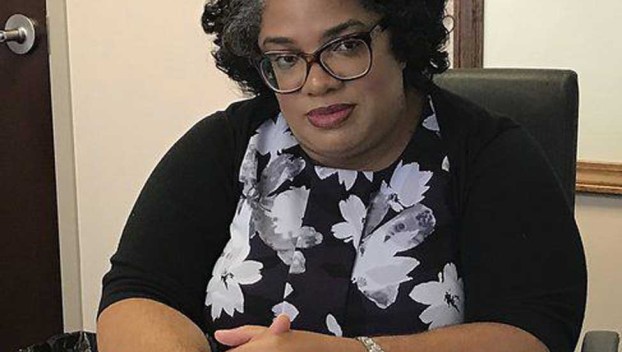
Ga Fl News
Addiction & Childhood: Opioid addiction pushing more kids into foster care
This is the third part of a month-long look at opioids in Georgia, specifically the SunLight Project area ... Read more

This is the third part of a month-long look at opioids in Georgia, specifically the SunLight Project area ... Read more